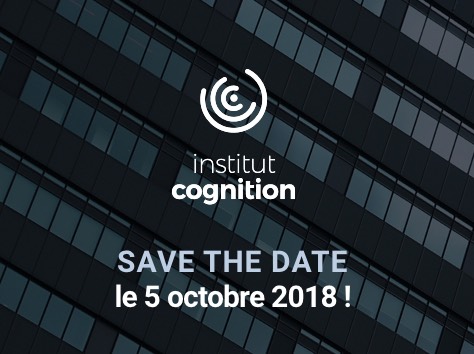
Separation and acquisition of two languages in early childhood: A multidisciplinary approach
Abstract:
Attention shapes visual perception
Visual attention is essential for visual perception. Spatial attention
allows us to grant priority in processing and selectively process
information at a given location. In this talk, I will present empirical
studies:
(1) investigating how endogenous (voluntary) and exogenous (involuntary)
covert attention improve contrast sensitivity at attended locations and
have concurrent costs at unattended locations;
(2) testing predictions of a normalization model of attention; (3)
Measuring the accuracy of self-perceptions of personality : Theoretical and methodological challenges, 2
In order to examine people's self-knowledge of their personality, we must tackle several theoretical and methodological problems. First, we need to ask, what does it mean to know one's personality? This may include knowing one's level of various personality traits, knowing one's behavior, and knowing how one comes across to others (i.e., one's reputation). Next, we face the "criterion problem" - how do we obtain the "ground truth" about these aspects of a person's personality?
Learning to read and dyslexia: from theory to intervention
How do children learn to read? How do deficits in various components of the reading network affect learning outcomes? How does remediating one or several components change reading performance? In this talk, I will quickly summarize what we know about how children learn to read. I will then present the first full-blown developmentally plausible computational model of reading acquisition. The model will be used to understand normal and impaired reading development (dyslexia).
The evolution of punishment
Punishment involves paying a cost to harm another individual and is thought to be a key mechanism that promotes cooperation. Nevertheless, it is not clear (1) whether punishment has the effect of converting cheats into cooperators or (2) how punishment can be favoured by selection, given that it involves costs to punishers. Here, I will use the cleaner fish-client mutualism as a model species to show that punishment does indeed promote cooperation in some contexts.
Computational Neuroimaging of Human Auditory Cortex
Just by listening, humans can determine who is talking to them, whether a window in their house is open or shut, or what their child dropped on the floor in the next room. This ability to derive information from sound is enabled by a cascade of neuronal processing stages that transform the sound waveform entering the ear into cortical representations that are presumed to make behaviorally important sound properties explicit.
Beyond global traits: Tracking fluctuations in personality, mood, and behavior in everyday life
Personality traits have been described as "the psychology of the stranger." According to this view, to really know a person, we need to understand their idiosyncratic responses to situations, their "personality signatures." However, little empirical work has examined individual differences in how people respond to situations ("if... then contingencies"). In two studies (Ns = 220, 434), we capture fluctuations in people's personality, mood, and behavior as they go about their daily lives.
Understanding semantic ambiguities
Sentence ambiguities have been at the center of the research on language comprehension for some time. For semanticists, these ambiguities have been taken to suggest the existence of different abstract mechanisms that may apply to the same syntactic structure at the interpretation stage. For psycholinguists, semantic ambiguities have provided a tool to analyze the dynamics of sentence parsing: since ambiguities tend to be solved incrementally (i.e.

